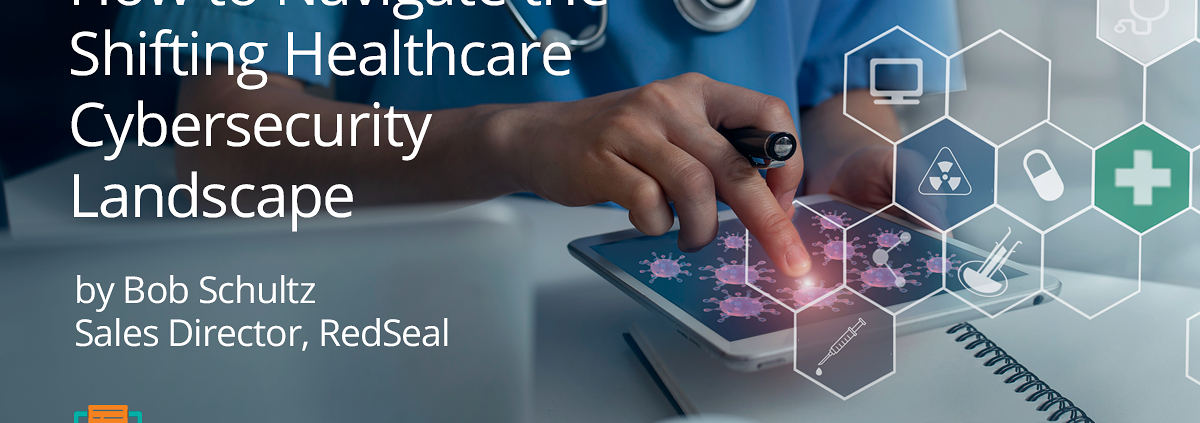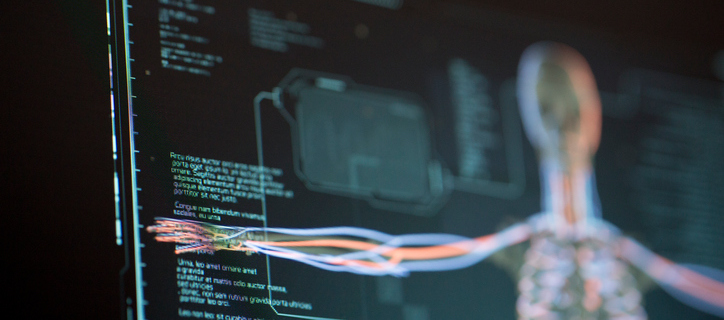How to Navigate the Shifting Healthcare Cybersecurity Landscape
Cyberattacks and data breaches in the healthcare sector are increasing at an alarming rate, especially during the pandemic when patient communications and records moved online.
Between March 2021 and February 2022, over 42,076,805 healthcare records were exposed. Businesses lose an average of $10.10 million per healthcare data breach, while lost or stolen protected health information (PHI) and personally identifiable information (PII) cost the U.S. healthcare industry billions of dollars annually.
Valuable data makes healthcare organizations a prime target for cybercriminals. Meanwhile, the fast-shifting technology landscape makes it more challenging than ever to keep up with the latest cybersecurity best practices.
Let’s look at the many factors causing today’s cybersecurity nightmare and how you can navigate the changing healthcare cybersecurity landscape with the right technology and processes.
The Healthcare Sector Faces Ongoing Cybersecurity Challenges
The healthcare industry is complex. Various factors have come together in recent years to create the perfect storm for bad actors to breach networks and steal data.
High-Value Target Data: PHI and medical records are sought after by criminals because they’re worth 10 to 20 times the value of credit card data on the dark web. Meanwhile, biomedical and pharmaceutical research and development data drive a $160-billion industry. Criminals can often use the stolen credential to breach multiple targeted systems, giving threat actors many ways to cause damage through lateral movements.
Fast Adoption of New Technologies: The healthcare industry has been implementing connected medical devices (medical IoT) at a rapid pace. The equipment often uses unregulated mobile applications for processing and transmitting PHI and PII. Additionally, many facilities don’t have the proper security protocols to support the proliferation of devices connected to their networks — creating a large attack surface cybercriminals can exploit.
Overworked and Undertrained Personnel: Employee training is key to preventing social engineering schemes, phishing scams, and ransomware attacks — after all, it takes only one staff member to open one malicious attachment to infect the entire system. However, many healthcare facilities fail to provide sufficient cybersecurity education to their employees. Even end users with the knowledge and best intention often let their guard down because of environmental factors, such as distraction and excessive workload.
Competing Operational Priorities: Operational needs, often urgent, require personnel to prioritize speed of information sharing over data security. Meanwhile, facilities must comply with large-scale data portability regulations that require them to make health records and other sensitive information available in digital and sharable formats. These processes can increase the risks of data breaches if providers don’t have the proper security measures in place.
Budgetary Constraints: Healthcare organizations have limited IT budgets, and their tech teams are often stretched thin. They spend most resources on acquiring and implementing new technology solutions to stay current and competitive, leaving few to secure and maintain their networks. Many organizations don’t have in-house security teams and often outsource the function without assigning any internal stakeholders to coordinate the activities or monitor the outcomes.
Inconsistent Cyber Hygiene: Many healthcare facilities are stuck with legacy systems that are no longer supported by the vendor and can’t be upgraded with the latest security features. As such, they introduce permanent vulnerabilities into the organizations’ networks. Additionally, integrating new and old technology solutions may create interoperability dependencies, network segmentation risks, and blind spots hackers can exploit.
The Pandemic Caused New Issues in Healthcare Cybersecurity
The healthcare industry played a front-and-center role during the COVID-19 pandemic, which necessitated the rapid adoption of digital technologies. While the accelerated digital transformation brought many benefits, it also created various cybersecurity concerns.
An Abrupt Shift to Remote Working: Many non-frontline functions moved to a remote working environment in response to lockdowns. Healthcare organizations lack the time and resources to provide adequate security training to remote workers, implement endpoint protection capabilities, and develop remote system backup and recovery plans to build business resiliency and protect themselves from the consequences of ransomware attacks and data loss.
Rapid Procurement and Implementation of Security Tools: The rapid transition to cloud-based platforms for the new hybrid work environment increased the likelihood of misconfigured security settings and mismanaged security tool deployments. Many organizations also lack plans to maintain and sustain the new platforms and technologies, leading to oversight and creating opportunities for threat actors to strike.
Duration and Scope of the Global Crisis: The pandemic created long-term uncertainty. It increases the stress on individuals and society, which, in turn, raises the population’s susceptibility to social engineering. Meanwhile, the need for coordinated responses from facilities across the nation and authorities around the world requires unconventional partnerships and data-sharing practices that caused chain reactions, increased risk factors, and exposed vulnerabilities.
Navigating the Cybersecurity Nightmare in Healthcare: Today’s complex cybersecurity landscape isn’t easy to navigate, especially in the high-stakes healthcare sector. The rise of remote work and telemedicine, plus the proliferation of connected medical devices, has increased the attack surface dramatically. Budget constraints, competing priorities, and lack of employee training leave a lot of opportunities for hackers to exploit. Also, healthcare providers must comply with increasingly stringent data privacy laws to avoid fines and lawsuits.
A Multi-Layer Approach to Cybersecurity: You need a multi-prong approach to address various challenges. The process starts with gaining visibility across all your network environments to understand who has access to what information. Then, prioritize vulnerabilities and resolve gaps in your scan coverage.
Don’t forget to address all your cloud platforms, especially if you have a hybrid environment that combines cloud applications with legacy software where the connections can become weak links and blind spots. Moreover, you must stay current with all relevant data privacy laws, adhere to the latest security configuration standards, and ensure that your vendors and partners are also compliant to protect your data from supply chain attacks.
RedSeal can help you build a solid foundation by creating in-depth visualizations of your security infrastructure. We then use the insights to prioritize your vulnerabilities and automate your compliance process. Get in touch to see how we can help you assess, remediate, and mitigate your security processes and infrastructure.



